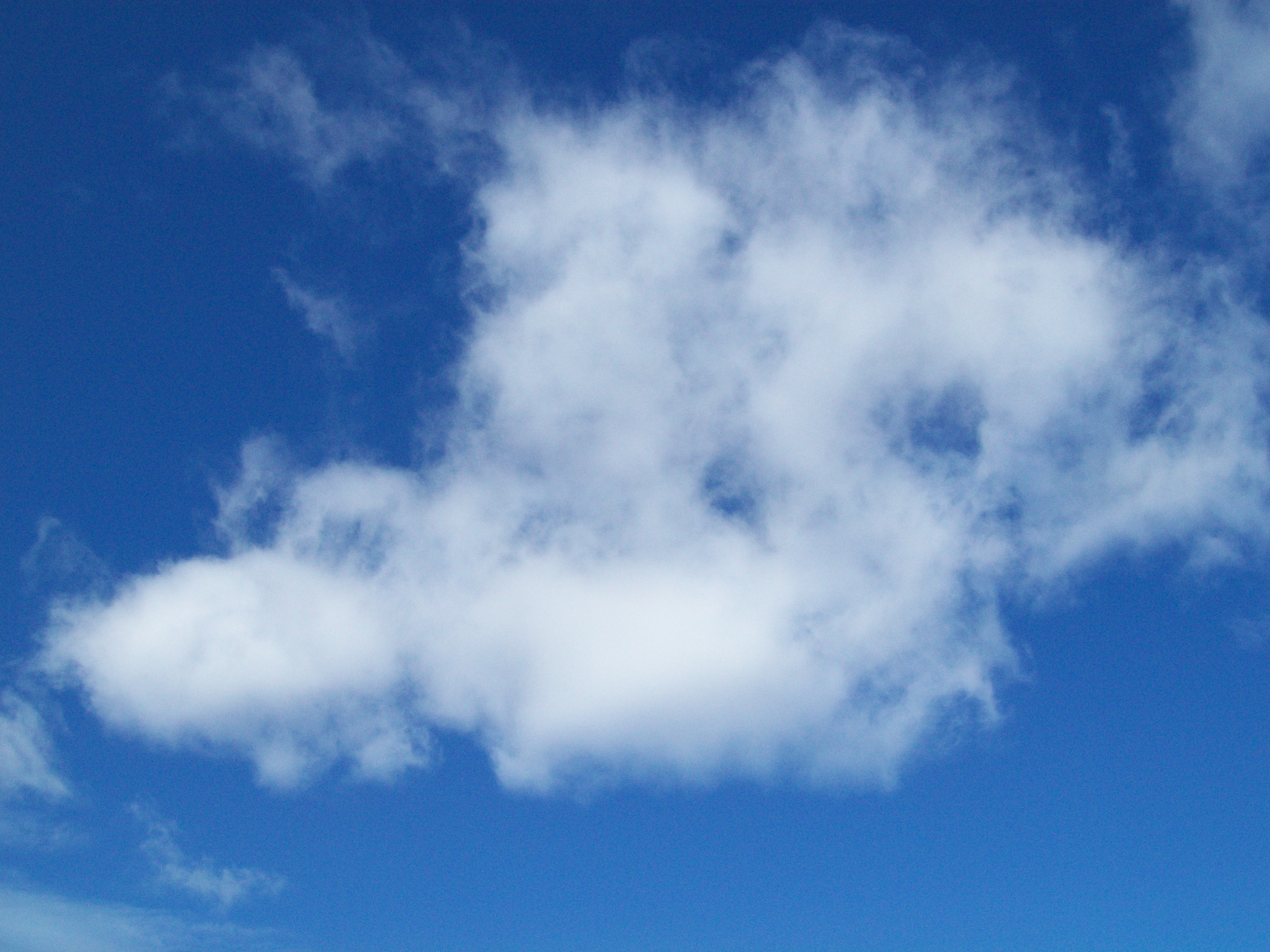Spirituality Subscribe
A selection of initiatives, blogs, resources and communities on Jewcology which focus on spirituality.
Blogs
A Green Opportunity to Share Love with Israel – Steven’s Garden
Memorial community garden founded by Tzeddekes Tamar Bittelman z"l in Tzvat reaches its “chai” birthday and new generations.
Earth Etude for Elul 24- Elul Love and Joy
by Maggid David Arfa I’d like to speak about Joy. I know that Elul is upon us; a time for relentless self-reflection, spurred on by the blasts of shofar. And yet, the rabbis in their complexity have added another dimension to Elul, Love. Remember the acronym for Elul? It’s from the Song of Songs, Ani l’dodi v’dodi li - I am my beloved’s and my beloved is mine. Reciprocal love is spiraling back and forth right here in Elul along with our lists of how we missed the mark. Isn’t this worthy of attention? What might it mean? ...
Jewish literary theorist coins ‘cli fi’ genre term for climate change awareness
Danny Bloom grew up in western Masschusetts in the 1950s, studied Jewish ideas under Rabbi Samuel Dresner, was bar-mitvahed in 1962 under the cantorial direction of Cantor Morty Shames and then started travelling. France, Israel, Greece, Italy, Alaska and Japan. Now he's 65 and working on what he calls a very Jewish project, Jewish because it comes out of ideas and values about having a vision and being a dreamer that he picked up on his way to becoming a bald, goateed senior citizen. Bloom lives in Asia now working as a public relations writer and ...
Print books, even ebooks, are dead; but movies can still work their magic
by Danny Bloom, CLI FI CENTRAL blogger http://pcillu101.blogspot.com ANGELES -- With films like "Noah" and "Into the Storm" and "Snowpiercer" -- and"Interstellar" coming in the late fall -- Hollywood has seen thehandwriting on the wall and embraced climate themes in fulltechnicolor. Call the movies ''cli fi'' or disaster thrillers,whatever. There's more to come in the film world.But while Hollywood and studio marketing people (and online socialmedia reporters covering new film releases) have welcomed ''cli fi'' intothe ...
Why I Will Always Be a Vegan
I will always be a vegan because the vegan diet is the diet most consistent with Jewish teachings on preserving human health, treating animals with compassion, protecting the environment, conserving natural resources, helping hungry people, and pursuing peace. I will always be a vegan because animal-based diets contribute significantly to heart disease, several forms of cancer, diabetes, and other killer diseases. I will always be a vegan because animal-based agriculture is a major contributor to climate change, deforestation, soil erosion, deforestation, ...
The Spiritual Roots of the Environmental Crisis
By Rabbi Yonatan Neril. "Human beings believe, in their arrogance, that if they continue developing the world on the basis of an ever-expanding science and technology, they will eventually achieve an environment that will afford everyone unlimited gratification of the senses and a life of untrammeled ease and pleasure. There can be no greater error than this." — Rabbi Eliyahu Dessler. Click here to continue reading this article
Can we see all Earth as our Holy Temple of today?
There are two crises in the world today that call especially for Jewish responses: One because it involves the future of a state that calls itself “Jewish,” and of its supporters in America -- their spiritual, intellectual, ethical, and physical futures – at a moment when the relationship between Jews and our Abrahamic cousins of Palestine is filled with violence that threatens to kill more people, breed more hatred, and poison the bloodstream of Judaism and Jewish culture; The other because it calls on Judaism as –- probably uniquely -- a ...
The Seder’s Innermost Secret — Charoset: Earth & Eros in the Passover Celebration
There it sits on the Seder plate: charoset, a delicious paste of chopped nuts, chopped fruits, spices, and wine. So the question would seem obvious: "Why is there charoset on the Seder plate?" That's the most secret Question at the Seder – so secret nobody even asks it. And it’s got the most secret answer: none. The Haggadah explains about matzah, the bread so dry it blocks your insides for a week. The Haggadah explains about the horse-radish so bitter it blows the lid off your lungs and makes breathing so painful you wish ...
Loss and Transformation – Earth Grieving
by Rabbi Katy Z. Allen I teach a class called Loss & Transformation: Connecting Sacred Texts to Family Stories to Help Deal with Loss, in which I set forth a theology of how our losses can lead us to be transformed, and how the joining of the stories of our familial ancestors with texts of Jewish tradition can provide a useful tool in transforming our grief into a deeper relationship with the Sacred and bringing us to a place of greater strength and peace. At the core of the theology is the phrase we recite to mourners, HaMakom yinachem etchem – ...
Eco-Friendly Ways to Celebrate Tu B’Shevat
Tu B’Shevat, also known as The New Year of the Trees, is on January 15 and 16, 2014. Tu B’Shevat has been embraced by Jews around the world as a holiday focused on expressing thankfulness for trees, harvests and the natural world. If you choose to celebrate the holiday by holding a Tu B’Shevat Seder with family or friends, keep these ideas in mind for a truly eco-friendly event: Go organic with your fruits, juice and nuts: Typically, the Tu B’Shevat Seder focuses on eating different types of fruits at different points in the Seder: ...
Transformative Judaism and our Planetary Crisis
Since human action has endangered the web of life on earth, human action can heal it. And the religious and spiritual communities of our planet have the wisdoms and the tools to do the healing. Judaism is especially relevant because, unlike most world religions, we preserve the teachings of an indigenous people in the biblical tradition –- the spiritual wisdom of shepherds and farmers. And yet as a world people, we can now apply the earthiness of our origins to the Whole Earth. That does not mean simply repeating the ancient practices. For instance, ...
The Sacred Green Menorah: Deeper Meanings of Hanukkah & Earth
On Shabbat Hanukkah (this year, Nov. 29-30), we read an extraordinary passage from the Prophet Zechariah. Speaking during the Babylonian Captivity, he envisions the future Great Menorah, taking its sacred place in a rebuilt Holy Temple. Zechariah, in visionary, prophetic style, goes beyond the Torah’s description of the original Menorah (literally, a Light-bearer). That Menorah was planned as part of the portable Shrine, the Mishkan, in the Wilderness. First Zechariah describes the Menorah of the future that he sees: “All of gold, with a bowl on ...
Why Perform a Rite That Kills Chickens as a Way to Seek God’s Compassion?
During the ten-day period starting on Rosh Hashanah and ending on Yom Kippur, Judaism's holiest day, Jews seek God's compassion and ask for forgiveness for transgressions during the previous year so that they will have a happy, healthy, peaceful year. Yet, many Jews perform the rite of kapparot (in Ashkenazic Hebrew kappores or in Yiddish, shluggen kappores) in the days before Yom Kippur, a ritual that involves the killing of chickens. Kapparot is a custom in which the sins of a person are symbolically transferred to a fowl. First, selections from Isaiah 11:9, Psalms ...
Earth Etude for Elul 6 – Today the World is Born
by Rabbi David Seidenberg On Rosh Hashanah we hear the shofar and call out, "Hayom Harat Olam"! "Today is the birthday of the world; today the world is born." So says the liturgy according to most readings. And this birthday is not just one of celebration: "Today the world stands in judgment." These two motifs alone should give us pause today to consider what we are doing to the planet, to how we can restore the balance of the atmosphere, the balance of the waters and the air, of the forests and ...
Earth Etude for Elul 5 – Journey to a Mountain Pond
by Rabbi Katy Z. Allen The word makom in Hebrew means place, or space, but it has also come to be a name of G!d. Some places take on more significance in our lives than others. They touch us more deeply, or are associated with significant memories. For me, one of these is a place I have come close to, but have not yet seen with my own eyes. Yet just through proximity, it has touched me deeply, shifting something in my soul. The name of the place is Gamawakoosh, but you cannot find it on a map. ...
Earth Etude for 3 Elul – Paying Attention to Roots
by Maxine Lyons Being a passionate gardener, I have been tending several gardens in my yard as well as many flower pots on our large deck so my hands are in dirt quite often these days. I have been transplanting yellow primroses, succulents, day lilies and sunflowers, focusing on the integrity of the roots, noticing how each root system is different. For example, some plants require a full root for transplanting while others need a partial root to survive. Succulents do not need roots at all; pieces can be immersed in dirt and re-establish their roots in ...
Do Animals Go to Heaven? Reflecting on Our Relationship to Non-Human Life
Do All Dogs Go to Heaven? When we ask such a question or “Do animals have souls?” what are we are really saying? We are revealing a deeper existential and theological question about how human beings relate to other living creatures. No one can know the actual reality of the afterlife, but what we believe about it says something about what we believe about life. Our ideas about animal “souls” is, therefore, really about whether humans are unique among living creatures and determining the spiritual distance or ontological gap between humans and ...
Spreading Our Roots on Shavuot
Blog post by Joshua Boydstun, Jewish Farm School Rabbinic Intern ----------------------------------------------------------- As a rabbinical student, I spend a lot of time thinking and talking about metaphorical “roots”: What is “the root of an idea”? Are texts and traditions “rooted” in a particular time or place? Is it dangerous to be “rootless”? And if so, how can we “get back to our roots”? All of these metaphors depict the “root” as something fundamental and foundational—as a point ...
New Year of Jewish Learning on the Environment Materials Released!
The thirteenth topic in the Year of Jewish Learning on the Environment, We are How We Eat: A Jewish Approach to Food and Sustainability released! Rebbe Nachman of Breslov identifies the desire for food and drink as the central desire of the human being, and the one from which other desires emanate. In Rabbi Tzadok Hacohen’s “A Treatise on Eating,” he cites the mystical book of theZohar, which calls the moment of eating “the time of combat.” This is because in eating a Jew must engage in the spiritual fight to ensure the act ...
New Year of Jewish Learning on the Environment Materials Released!
The Twelfth topic in the Year of Jewish Learning on the Environment, Genesis and Human Stewardship of the Earth, has just been released! In the first chapter of Genesis, twice in three verses, G-d speaks of humans ruling over other living beings. In the second instance, after creating Adam and Eve, G-d blesses them, saying "Be fruitful and multiply, fill the earth and subdue it, and have dominion over the fish of the sea, and over the birds of the sky, and over every living thing that moves upon the earth." What does it mean for humans to subdue the ...







